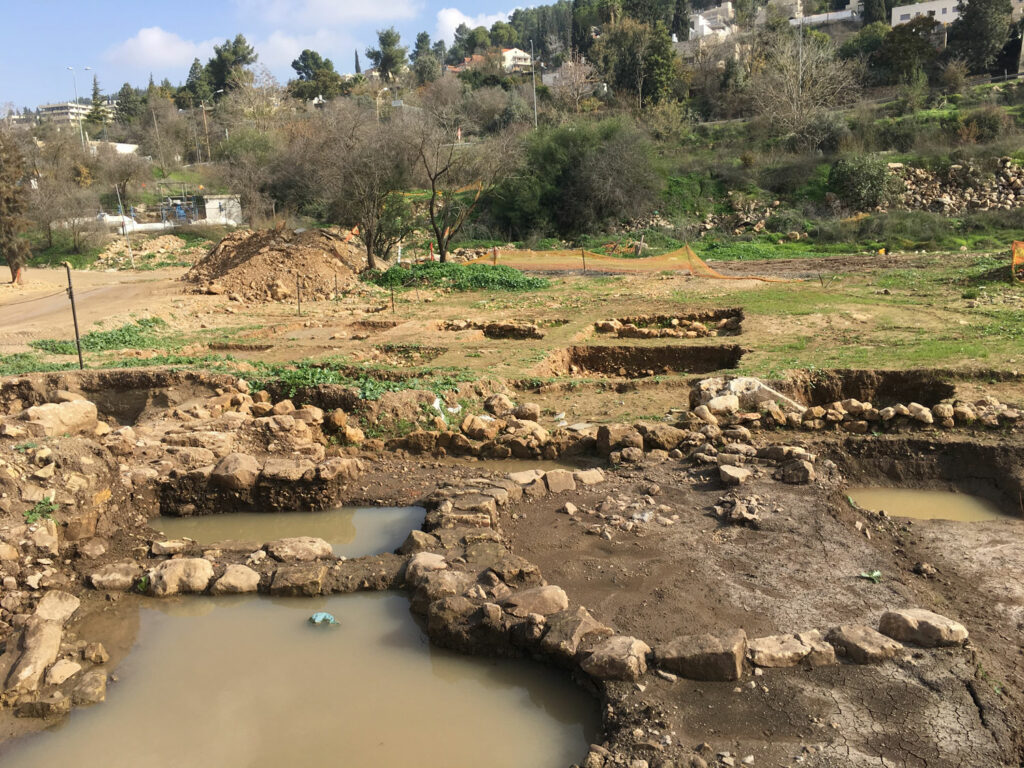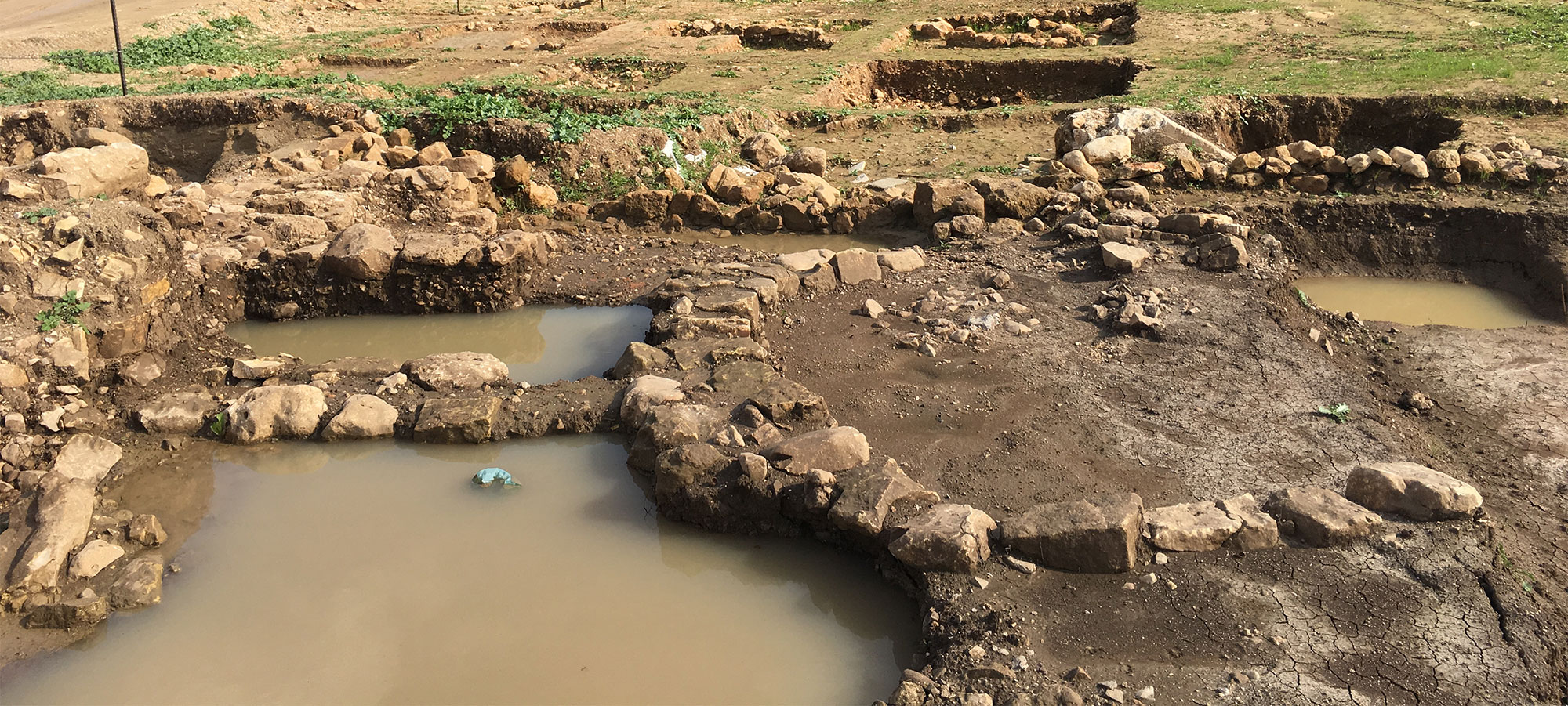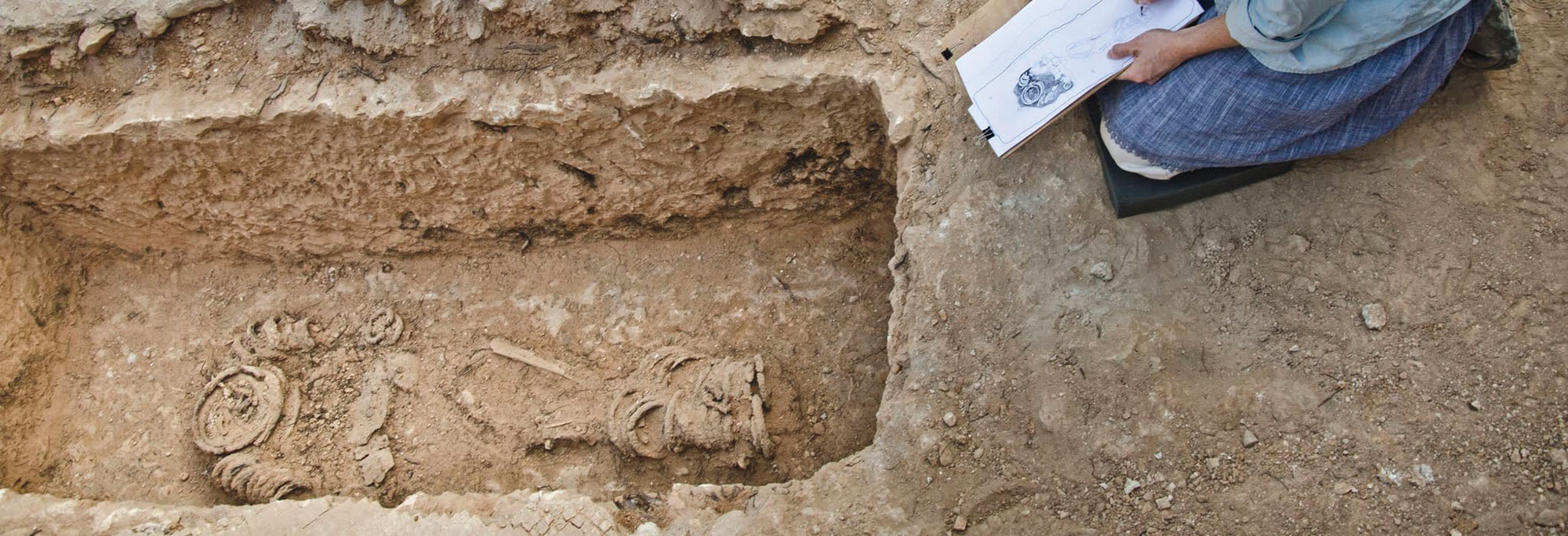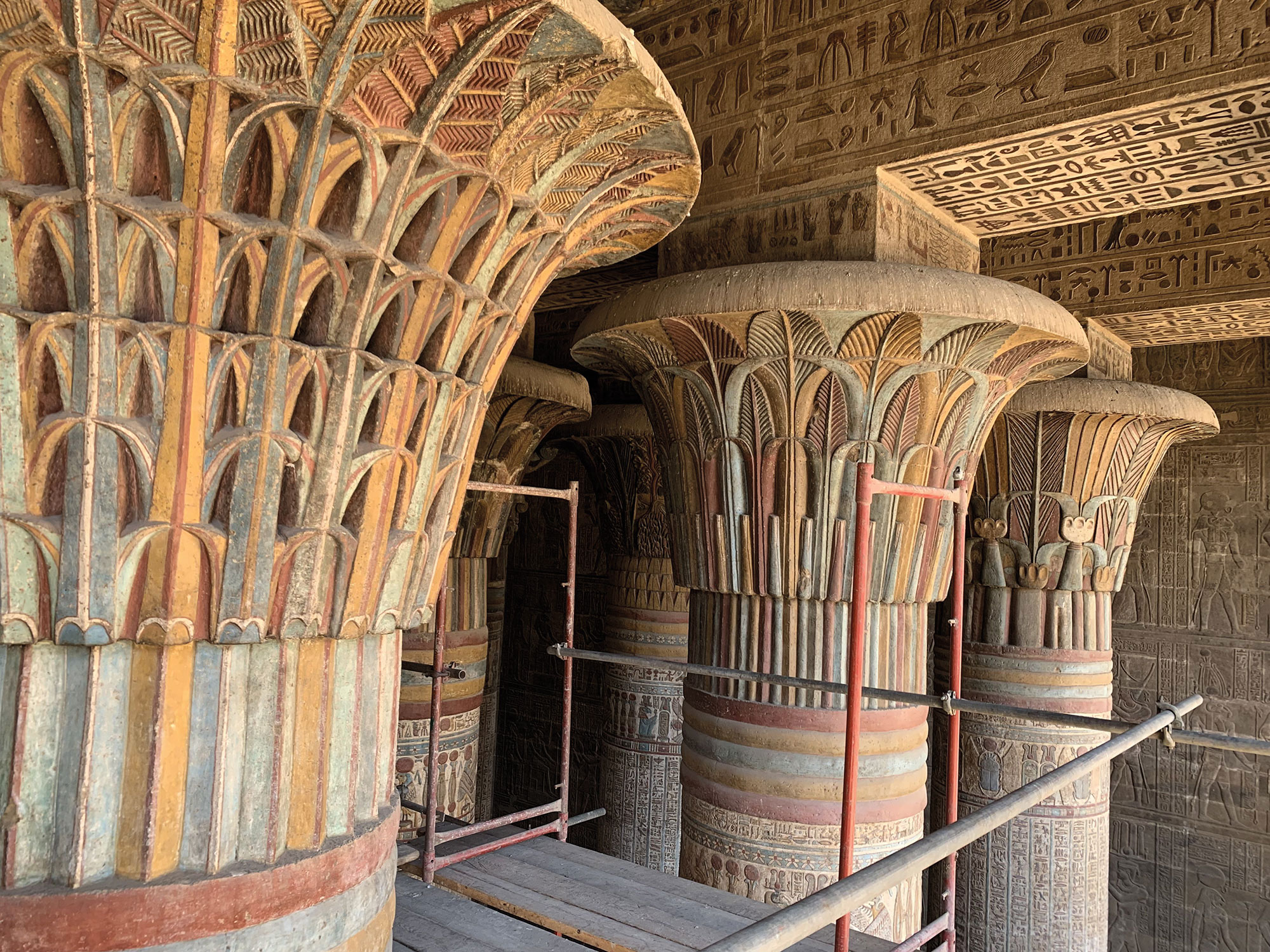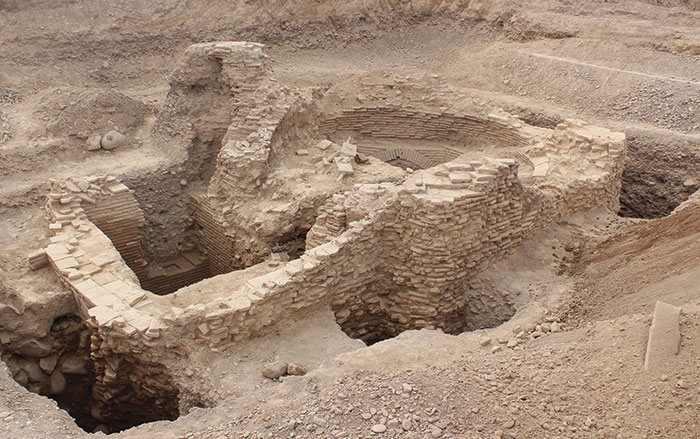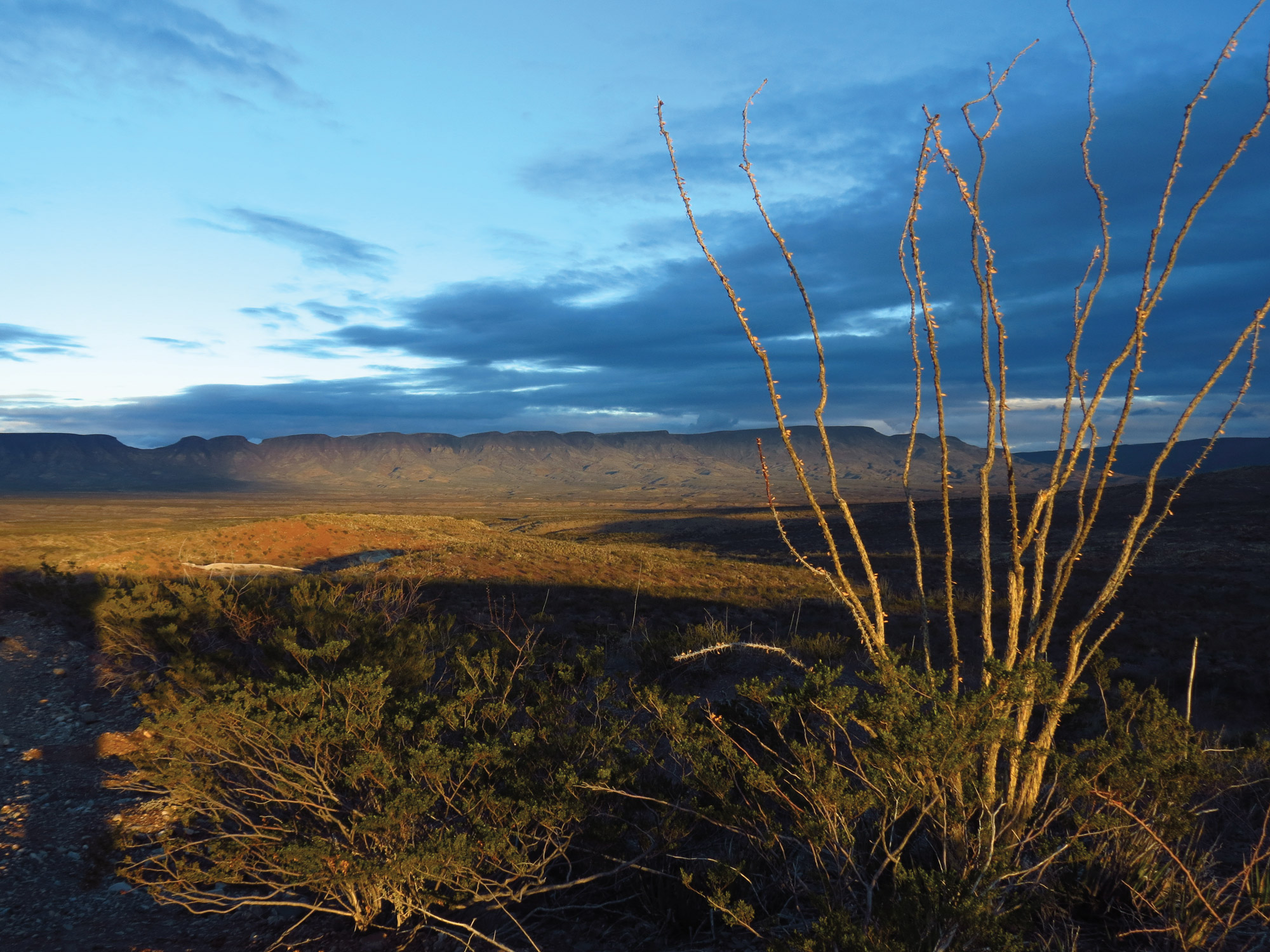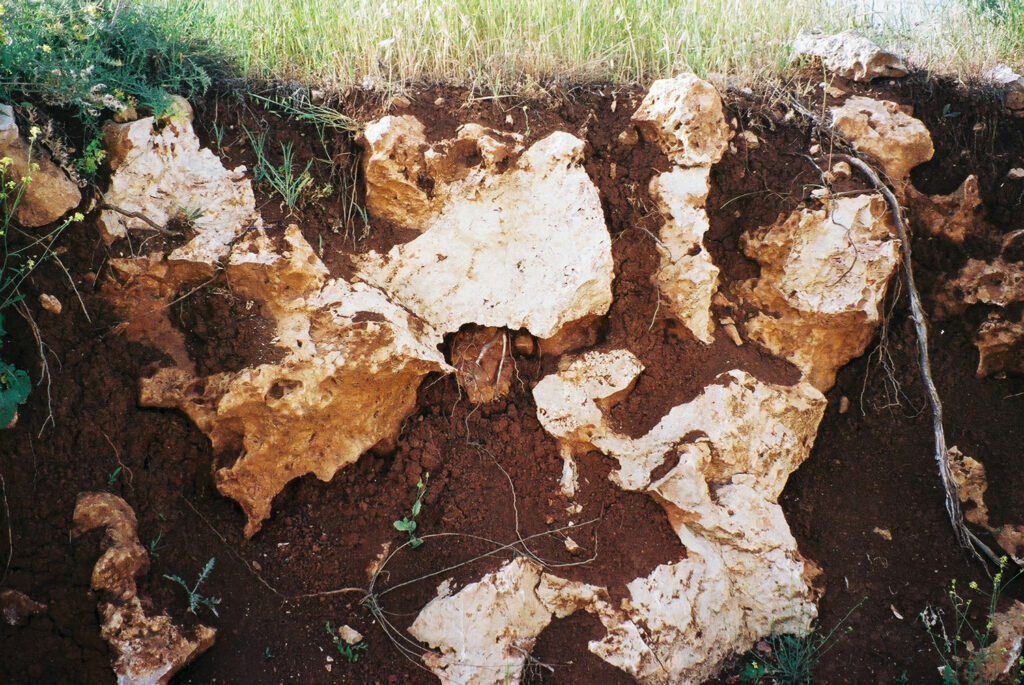
JERUSALEM, ISRAEL—Scholars have long debated whether human activity or climatic factors prompted the Neolithic Revolution, the transition from hunting and gathering to agriculture in the southern Levant. According to a statement released by the Hebrew University of Jerusalem, researchers led by Hebrew University geologist Amos Frumkin have identified environmental evidence of a natural climate shift in the region some 8,200 years ago. He and his colleagues analyzed soil deposits, water levels of the Dead Sea, micro-charcoal recovered from lake sediments, as well as carbon and strontium isotopes from cave speleothems and determined that this period was marked by soil erosion and devastating fires. "Our findings point to an intense period of natural wildfires and vegetation collapse caused by increased lightning during the early Holocene," Frumkin said. "These fires likely removed vast tracts of vegetation, leading to severe soil degradation on hillslopes and the accumulation of fertile soil in valley basins—ideal locations for early farming communities." This drastically altered landscape, the researchers posit, likely spurred foragers throughout the Levant to settle in fertile valleys and domesticate plants by farming. Read the original scholarly article about this research in Journal of Soils and Sediments. For more on the Neolithic Revolution, go to "Last Stand of the Hunter-Gatherers?"
